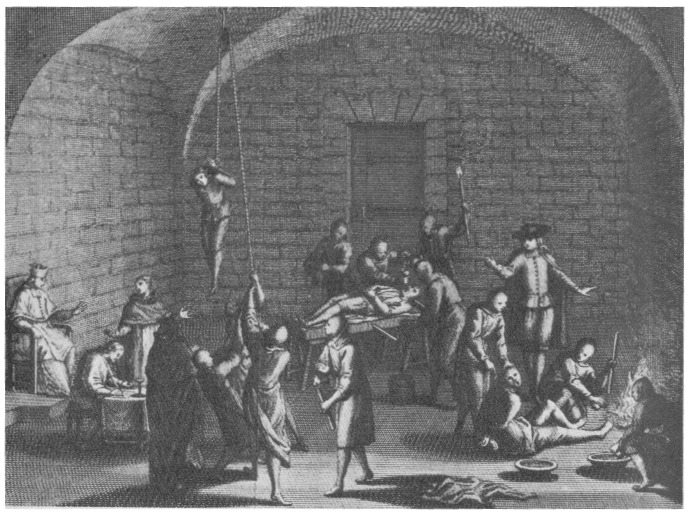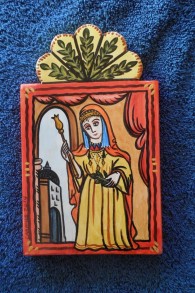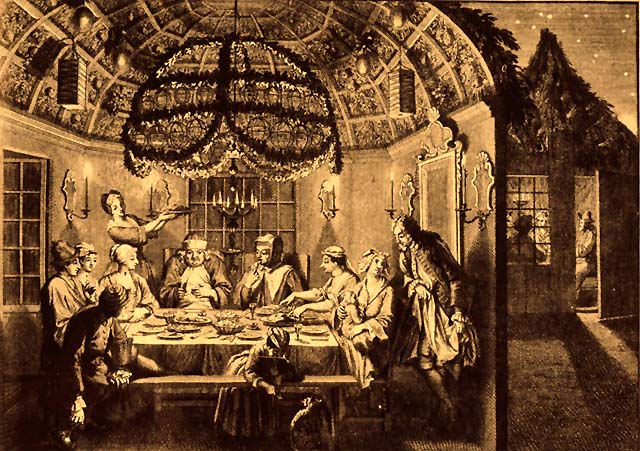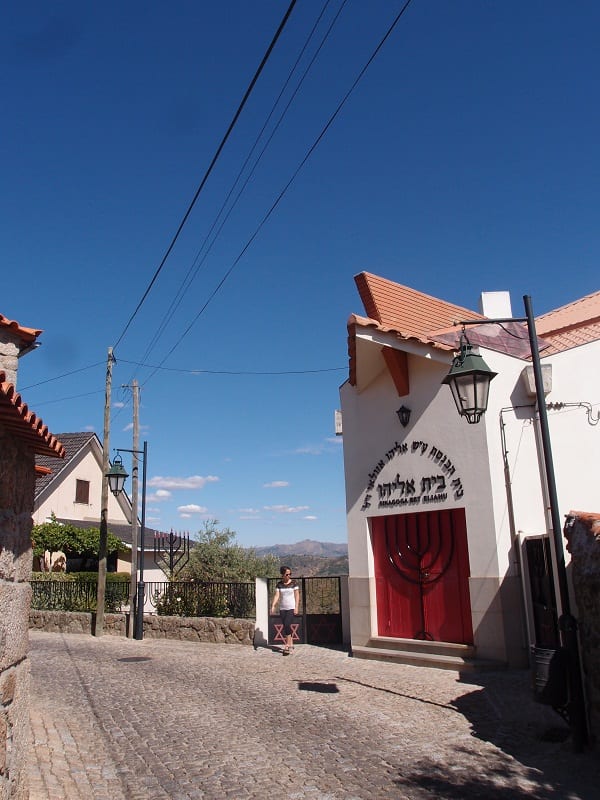From 1502 to 1504, the Inquisition in Cordoba conducted an investigation against Juan de Cordoba Membreque, a judge and one of the city’s elders. Those titles were of no use to him when forced to contest a serious allegation that reflected the spirit of the time. He was accused of observing the “fast of the Jews” in his home and, to make matters worse, in the company of other people. The charges relied on testimony provided by a Muslim female servant who worked in the judge’s home. She testified that the master of the house and his guests bathed, put on white robes, and listened together to a sermon by a rabbi who was in attendance.
It appears that the investigation was staged. It took little time for the accused to realize that it was pointless to try and defend himself. He and his guests were among the 107 people who were burned alive in an auto-da-fé (a public penance and punishment ceremony). Some of the victims were Jews, and others were crypto-Muslims.
Today, that story sounds like it was taken from a horror movie, but for the conversos – Jews and their descendants who forcibly converted to Catholicism – it was just another day at the office. For the next 200 years, the Holy Inquisition investigated Jews who observed Yom Kippur rituals. Many records from that period survived and now constitute evidence of the horrific brutality of the Catholic Church in the Middle Ages. They are also the main source of historical documentation dealing with the observance of Yom Kippur by conversos in Spain, Portugal and across the Spanish Empire in the Americas.

The Membreque affair took place a little more than a decade after the Jews were expelled from Spain, and the defendants in the trial had been born as Jews. Following the expulsion, they were forced to conceal their Judaism, but were closely familiar with the customs and still remembered what Spain was like when being Jewish was allowed.
One of the reports issued by the Inquisition at the end of the 15th century mentions the children’s blessing that is recited on Yom Kippur. Another Inquisition report from the Canary Islands, published in 1526, cites a book that describes the Amidah prayer. In 1543, Leonor Rodrigues, a Jewish woman, was accused of a different ‘sin’: donating more money to charity on Yom Kippur than she did on regular days.
A few decades later, we can find the earliest testimonies of those who were born conversos. A detailed account from Portugal describes Yom Kippur in the home of Antonio Homem, a scholar who headed a large community of intellectuals in the city of Coimbra. The historian, David Martin Gitlitz, describes the occasion in his book Secret and Deceit: The Religion of Crypto-Jews, which was published in 2002: “In the house where the gathering was scheduled to take place, they scrubbed the floor clean. The guests came dressed in their best clothes, but barefoot. A chandelier with candles was hung in the middle of the room. During different parts of the service, Homem preached to the guests about adhering to the laws of Moses. They all looked up at the sky and clapped their hands, before placing them on their chest and calling out guayas (cries of despair), a popular converso custom.”

The community that formed around Homem was part of the Jewish revival that occurred in Coimbra at the beginning of the 17th century. It was triggered by the burning at the stake of Frei Diogo in Lisbon, Portugal. 25 years old at the time, Frei refused to renounce his Judaism despite numerous attempts by the Church to change his mind by having him debate theologians. Records of those debates created an aura of holiness around Frei, and according to the Jewish-British historian, Cecil Roth, it led to a revival of Judaism. By the way, Homem, just like Frei, also died at the stake.
Alongside their bond with Judaism, most of the conversos lived their lives as Christians and even adopted their mindset. Like the early Christians, they idolized martyrs. But this time, the tables were turned. Christianity was the persecutor and Judaism – the persecuted. Furthermore, the conversos lived with a constant sense they were sinners and traitors to their former religion.
For instance, for many of the conversos the Fast of Esther was second in importance to Yom Kippur. Like them, Esther was forced to conceal her practice of Judaism. In certain places, they even referred to her as Santa Esterika, as if she were a Christian saint.

Ultimately, many of the conversos emigrated to the New World, where they hoped to escape the clutches of the Inquisition. On the eve the 17th century, one can detect a mixed trend among the conversos: some grew distant from their Jewish traditions, whereas others held on to them even more. In 1633, a doctor in Chile named Francisco Maldonado de Silva was put on trial for becoming a Judaizer. He had circumcised himself, just like Abraham our Forefather, and changed his name to Eli – a Hebrew name. The authorities learned about what he did from his sister, who was a devout Catholic. Other ‘crimes’ that were exposed during his trial included an incident in which he fasted for four days as opposed to one day. He did so because he believed he had too many sins to atone for. One time, de Silva managed to flee from his captors and even write books about Judaism. In the end, his books were burned at the stake together with their author.
Another source of information about many Yom Kippur customs, such as eating eggs and baking matzos, came from the Inquisition interrogators – La Blancs. Bianca Mendes and her five daughters were imprisoned in Mexico in 1642. Even though Mendes remembered the torture her friends in Spain had been subjected to, she and her daughters did not break during the long months of their interrogations. They continued the principle adopted by other conversos who ‘betrayed’ people who were already dead, and in the worst-case scenario, their own family members and not people from other families. But the interrogators deceived them. They put them in adjacent cells and listened secretly to their conversations. Thus, without intending to do so, the Inquisitors documented the Jewish customs and humaneness of the conversos together with their own brutality.He

The year is 1680 – nearly 200 years after the expulsion of the Jews from Spain. Angela Nunes is put on trial in Toledo. She admits that despite wanting to, she managed to observe the Sabbath as a Jew only 15 times in the course of her life. But she always made a point of doing so on the Sabbath before Yom Kippur. The desire to avoid sinning close to the holy day also caused some conversos to abstain from eating meat and fish on the days leading up to Yom Kippur. A possible explanation is that most of the meat that was consumed in the Iberian Peninsula was pork. The custom of abstaining from eating meat during the 15 days prior to the fast originated there.
How did the conversos know when to celebrate Yom Kippur? That was, in fact, a problem. In his book A History of the Marranos, Cecil Roth writes that the conversos counted ten days from the new moon in the month of September. Most years, that method was accurate. But when Rosh Hashana falls in October (about once every five years), the date of Yom Kippur can be miscalculated by a month. In 1606, informers notified the Inquisition that Yom Kippur would be on September 12th, although it was actually on October 12th. According to Roth, in later years the Jews moved the fast to the eleventh day after the new moon (in order to dodge the Inquisition informers). Additional documentation cites that Yom Kippur was observed on the 10th of September.
In 18th century Mexico, female conversos would light candles every day for about a week before Yom Kippur. That way, lighting them on the eve of the holiday would not arouse suspicion among their neighbors. Documentation from the same period in Majorca indicates that Jews would pretend to be sick during the week prior to Yom Kippur. So being absent from work on the holiday did not seem odd. In Madrid, a Jewish woman by the name of Isabel de Miranda paid a man 300 reales to fast for the souls of her relatives. To escape the risk of death for fasting, conversos tried to save their lives, while at the same time obeying the commandment.

The communities of conversos performed a wide variety of rituals associated with Yom Kippur, often without knowing their origin. In Aragon in eastern Spain, there was a case of breaking the fast by eating doves. In what is now Salamanca, informers notified the Inquisitors that Jews were breaking the fast by eating matzo – perhaps because Yom Kippur was the only day in the year on which they practiced their Judaism. In Mexico, worshippers would stand on bricks while reciting the Amidah prayer. That ritual also survived among the conversos in Portugal until the 20th century, but in the form of sleeping on stones.
Yom Kippur turned into the collective memorial day for every Jewish remnant still in the possession of the Jews – they simply recited all the prayers they remembered. Yom Kippur became the most meaningful day in the lives of the conversos. When they reached bar and bat mitzvah age, the children first learned what religion they actually and secretly belonged to. Violenta Alvarez, a Jewish woman from northern Spain, testified to that effect in her trial, where she described her niece’s first Yom Kippur in 1599. According to Alvarez, both of them, the aunt and the niece, went out into the field at sunset. The aunt instructed her niece to fast “so God would grant her life.” With both of them facing the setting sun, the aunt removed her head covering and prayed, and the niece repeated what she said. When they finished, the niece asked her aunt what the purpose of their prayer was. The precise explanation she received from her was: “We serve only one God. The God of Israel, your people.”